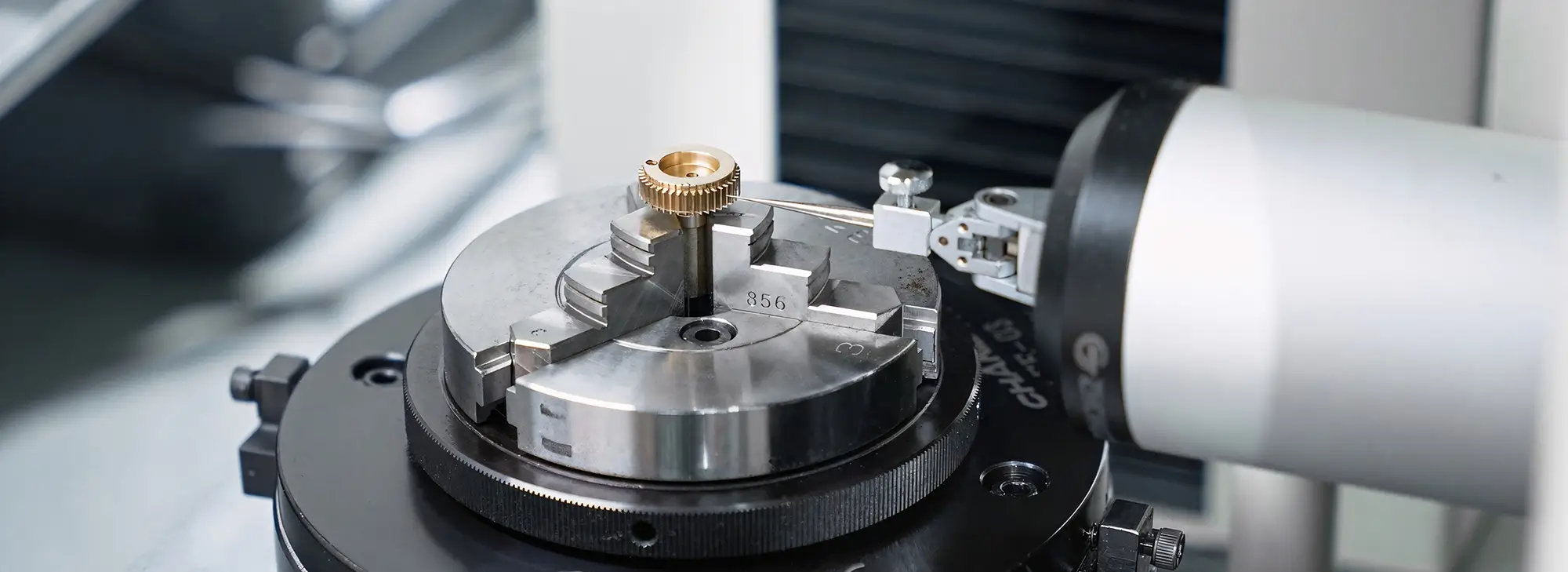The Magic of Servo Motors: Your Gateway to Precision Motion
Servo motors are the unsung heroes of the maker world. These compact devices transform static projects into dynamic creations—whether you’re building a robot that waves, a camera slider for cinematic shots, or a smart plant-watering system. Unlike regular motors, servos offer precision. They don’t just spin; they move to exact angles, hold position, and respond to subtle commands. And with an Arduino, you can harness that power in minutes.

Why Servos? Let’s Break It Down
A servo motor combines a motor, gearbox, and feedback circuit into one package. When you send it a signal (via Arduino), it adjusts its shaft to a specific angle between 0° and 180°. This makes servos ideal for tasks requiring controlled movement: steering remote-controlled cars, adjusting solar panel angles, or even animating a Halloween prop.
What You’ll Need
An Arduino (Uno/Nano) A servo motor (e.g., SG90 or MG996R) Jumper wires Breadboard (optional)
The Simplest Servo Program
Let’s jump into code. The Arduino IDE’s Servo library simplifies control. Here’s a basic sketch to rotate a servo from 0° to 180° and back:
```cpp
include
Servo myServo; // Create a servo object
void setup() { myServo.attach(9); // Connect servo to pin 9 }
void loop() { for (int angle = 0; angle <= 180; angle++) { myServo.write(angle); delay(15); } for (int angle = 180; angle >= 0; angle--) { myServo.write(angle); delay(15); } }
How It Works: - `#include ` imports the library. - `myServo.attach(9)` links the servo to digital pin 9. - The `loop()` uses `for` cycles to sweep the servo back and forth. Upload this, and your servo will dance. But let’s dissect potential hiccups. #### Troubleshooting 101 - Jittery Movement? Check power. Servos draw significant current—use a separate 5V supply if connected to other components. - Not Moving? Verify wiring: servo’s yellow (signal) wire to Arduino, red to 5V, brown to GND. - Limited Range? Some servos restrict motion to 160° or less. Test with `myServo.write(90)` to center. #### Project Idea: A “Mood Pointer” Turn your servo into a whimsical indicator. Attach an arrow to the servo horn, and program it to point to emoji-labeled positions (e.g., ☀️=Morning, 🌙=Night). Use `random(0, 180)` in `loop()` for surprise twists. --- ### Elevating Your Skills: Advanced Servo Control & Creative Applications Now that you’ve mastered the basics, let’s level up. Real-world projects rarely use a single servo sweeping mindlessly—they require coordination, external inputs, and creativity. #### Controlling Multiple Servos Need a robotic arm with three joints? Connect servos to different pins and create separate `Servo` objects:
cpp
include
Servo base, elbow, wrist;
void setup() { base.attach(9); elbow.attach(10); wrist.attach(11); }
void loop() { base.write(90); // Center base elbow.write(45); // Lift elbow wrist.write(135); // Tilt wrist delay(1000); }
Pro Tip: Power multiple servos with a 6V battery pack or dedicated regulator to avoid Arduino voltage drops. #### Adding User Input: Potentiometer Control Make the servo interactive. Hook a potentiometer to analog pin A0, and map its readings (0–1023) to servo angles (0–180):
cpp
include
Servo myServo; int potPin = A0;
void setup() { myServo.attach(9); }
void loop() { int potValue = analogRead(potPin); int angle = map(potValue, 0, 1023, 0, 180); myServo.write(angle); delay(20); }
Turn the knob, and the servo follows. This is perfect for adjusting camera angles or custom controllers. #### Creative Project: Automated Pet Feeder Combine a servo with everyday objects. Modify a pet feeder to rotate a food dispenser at set times: 1. Attach a plastic container lid to the servo horn. 2. Program the Arduino to rotate the lid 60° at 8 AM and 6 PM. 3. Add an RTC (Real-Time Clock) module for precision. Code Snippet:
cpp
include
include
Servo feeder; RTC_DS3231 rtc;
void setup() { feeder.attach(9); if (!rtc.begin()) { // Handle error } }
void loop() { DateTime now = rtc.now(); if (now.hour() == 8 && now.minute() == 0) { feeder.write(60); delay(1000); feeder.write(0); } // Repeat for 6 PM } ```
Debugging Like a Pro
Servo Overheating? Avoid continuous resistance (e.g., forcing it to push against a physical limit). Inconsistent Positioning? Use myServo.writeMicroseconds(1500) for finer control (500–2500 µs pulse width).
The Bigger Picture
Servos are stepping stones. Pair them with sensors (ultrasonic for obstacle detection, flex sensors for gloves) or wireless modules (Bluetooth for phone control). Imagine a servo-driven lamp that tilts toward noise or a weather vane that adjusts to wind direction.
Your journey doesn’t end here. The Arduino-servo combo is a canvas—what you paint depends on curiosity. Break things, experiment, and remember: every complex robot starts with a single twitching servo.











































